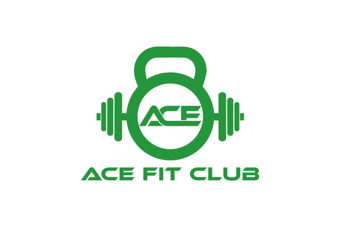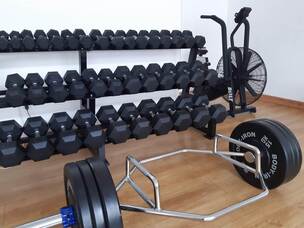|
7/5/2023 0 Comments Should I do full body strength training or upper body/ lower body strength training?When it comes to strength training, there are several approaches that you can take. One common question that arises for many people is whether to do full body strength training or split your workouts into upper body and lower body sessions. Both methods have their advantages and disadvantages, and the decision ultimately comes down to your goals, preferences, and fitness level. Full Body Strength Training: Full body strength training involves working all major muscle groups in a single workout. This means you will perform exercises that target your legs, chest, back, arms, and core in one session. This approach is beneficial for those who are short on time, as you can get a complete workout in just one session. Pros: 1. Time-efficient: You only need to dedicate a few hours a week to full body strength training as you are hitting all muscle groups in one session. 2. Better cardiovascular benefits: Full body strength training can provide cardiovascular benefits as it raises your heart rate and keeps it elevated throughout the workout. 3. Increases overall strength: As you're targeting all major muscle groups, full body workouts can help improve overall strength, endurance and functional fitness. Cons: 1. Fatigue: Full body workouts can be intense and exhausting, making it difficult to perform each exercise with maximum effort. 2. Overtraining: If not designed correctly, full body workouts can lead to overtraining, which can have negative effects on performance and recovery. Upper Body/Lower Body Strength Training: Upper body/lower body strength training is a split workout, where you dedicate separate sessions to your upper and lower body muscles. You may choose to perform upper body exercises on one day and lower body exercises on another day. Pros: 1. Targeted Training: Focusing on one area of the body allows you to give each exercise the attention it needs to ensure proper form and intensity. 2. Less risk of injury: As you are focusing on one area, you have the opportunity to fully focus on form and technique, reducing the risk of injury. 3. Better muscle recovery: As you're only working a specific area, it can give your muscles more time to recover and rebuild. Cons: 1. Time-consuming: You will need to dedicate more time each week to split workouts as you're dedicating separate sessions to upper and lower body muscles. 2. Overtraining: As you may be tempted to work a specific muscle group more often, it can lead to overtraining and injury. 3. Limited cardiovascular benefits: Split workouts may not be as beneficial for cardiovascular health as full body workouts. Conclusion: Ultimately, the decision to do full body strength training or upper body/lower body strength training comes down to your goals, preferences, and fitness level. If you're short on time and want to see results quickly, full body strength training may be the best option for you. However, if you're looking for targeted training and have more time to dedicate to your workouts, upper body/lower body strength training may be more beneficial. Whatever your decision, it's wise to work with a Personal Trainer who will design a workout plan that is safe, effective, and tailored to your goals. #personaltraining #personaltrainer #weights #weighttraining #strength #gym #fitness #fitnessjourney #fitnessmotivation #cardio #weightloss #coach #maynooth #kilcock #clane #celbridge #leixlip
0 Comments
Your comment will be posted after it is approved.
Leave a Reply. |
Search by typing & pressing enter


